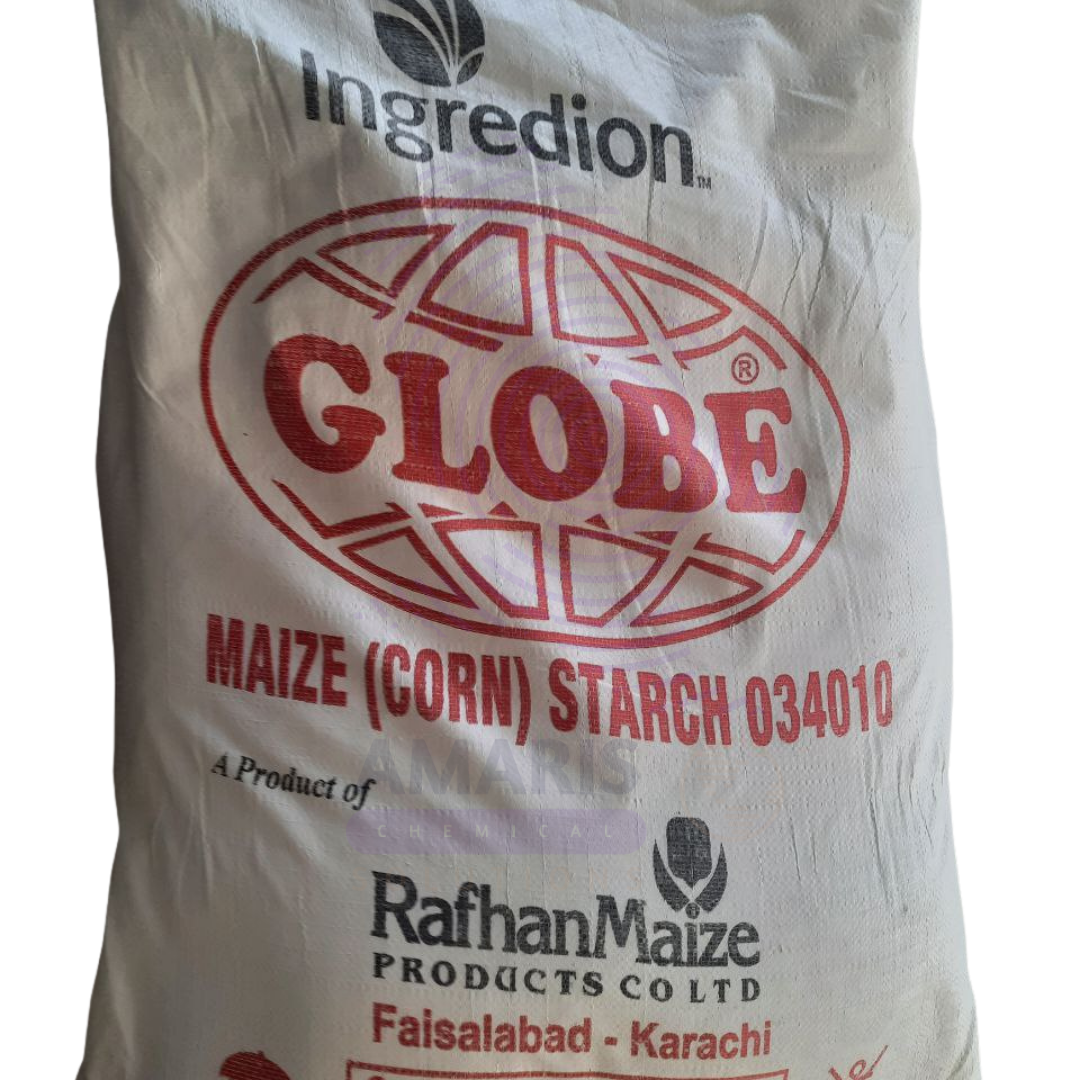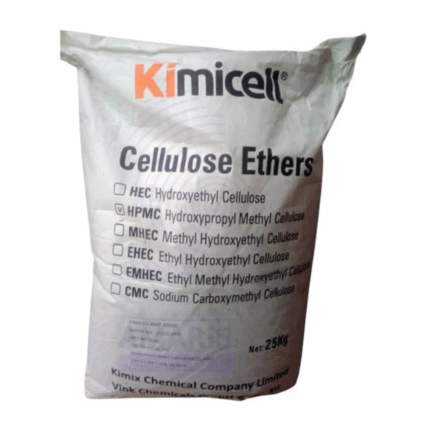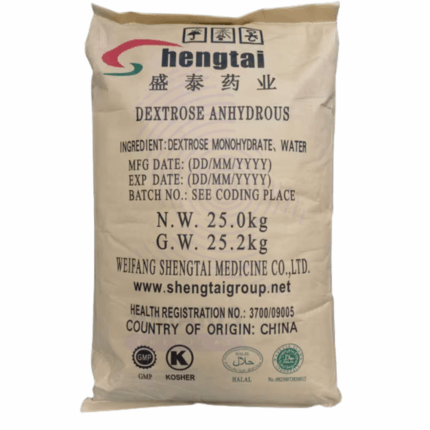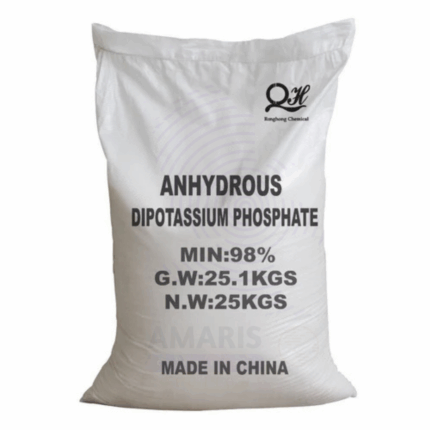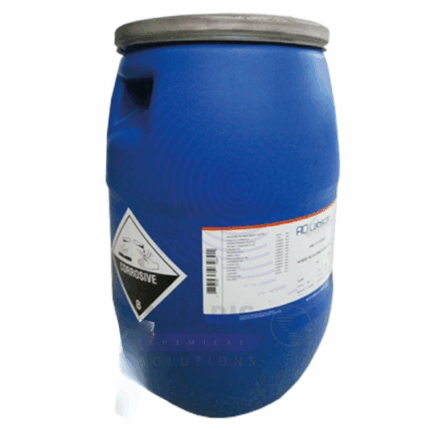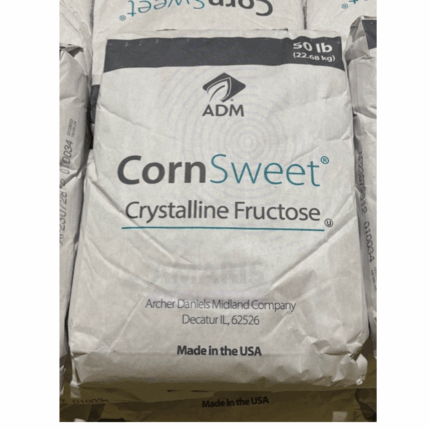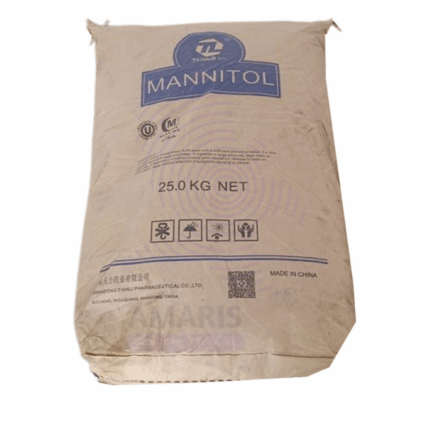Corn Starch Food Grade
$ 2.00 Original price was: $ 2.00.$ 1.80Current price is: $ 1.80.
Corn Starch Food Grade is a fine, white, powdery carbohydrate extracted from the endosperm of corn kernels (Zea mays). It is a natural, tasteless, and odorless polysaccharide composed primarily of amylose and amylopectin. Corn starch is widely used as a thickening, stabilizing, and binding agent in food products due to its excellent gelatinization properties. It serves as a gluten-free alternative to wheat flour in many culinary and industrial applications. Corn starch is valued for its versatility, digestibility, and neutral flavor profile, making it a staple ingredient in both home cooking and commercial food production.
Corn Starch Food Grade
Primary Uses
Food Industry
- Used extensively as a thickening agent in sauces, gravies, soups, puddings, and pie fillings.
- Acts as a stabilizer and texture improver in baked goods, desserts, and dairy products like yogurts and custards.
- Employed as an anti-caking agent in powdered food mixes.
- Used as a fat replacer and bulking agent in low-fat and gluten-free food formulations.
- Serves as a binder in processed meats, sausages, and snack foods.
Pharmaceuticals & Nutraceuticals
- Used as an excipient in tablets and capsules for binding and disintegration.
- Serves as a filler and diluent in powder formulations.
- Acts as a carrier in controlled-release drug delivery systems.
Secondary Uses
Industrial Applications
- Used in paper manufacturing as a surface sizing and coating agent to improve printability and strength.
- Employed in textile industry for fabric finishing and starching.
- Used in adhesives and glue formulations due to its natural bonding properties.
Cosmetics and Personal Care
- Acts as an absorbent powder in cosmetic formulations such as face powders and baby powders.
- Used as a texture enhancer and stabilizer in creams and lotions.
Household Applications
- Used in homemade slime and craft products for its thickening and gelatinizing properties.
- Acts as a natural carpet and fabric cleaner absorbent.
1. Basic Identification Attributes
- Chemical Name (IUPAC): Poly-D-glucopyranose (starch)
- Common/Trade Name: Corn Starch Food Grade
- CAS Number: 9005-25-8
- HS Code: 1108.12.00
- Molecular Formula: (C6H10O5)n (polysaccharide)
- Synonyms:
- Maize starch
- Corn flour (in some regions)
- Zea mays starch
2. Physical & Chemical Properties
- Physical State: Fine powder
- Color & Odor: White; odorless
- Melting Point: Decomposes before melting
- Boiling Point: Not applicable
- Density: Approximately 1.5 g/cm³ (bulk density)
- Solubility: Insoluble in cold water; swells and forms viscous paste in hot water
- pH (1% solution): 4.5 - 7.0
- Gelatinization Temperature: 62–72°C
- Stability: Stable under dry conditions; sensitive to moisture and microbial contamination
3. Safety & Hazard Attributes
- Hazard Class (GHS): Generally recognized as safe (GRAS)
- NFPA Ratings:
- Health: 0
- Flammability: 1 (dust may be combustible)
- Reactivity: 0
- Exposure Limits: No specific OSHA PEL; use dust control measures to prevent inhalation
- Toxicity: Non-toxic, non-irritant, edible
- Reactivity: Inert under normal conditions
4. Storage & Handling Attributes
- Storage Conditions: Store in a cool, dry, well-ventilated area away from moisture and contaminants
- Container Type: Food-grade sealed bags or containers
- Shelf Life: Typically 1–2 years if stored properly
- Special Handling: Avoid dust generation and inhalation; keep dry to prevent caking and spoilage
5. Regulatory & Compliance Attributes
- FDA Status: GRAS for food use (21 CFR §182.1400)
- Food Additive Code (EU): E1400
- REACH Status: Registered as a food ingredient in the EU
- Transportation: Not classified as hazardous
- Waste Disposal: Can be disposed of as organic waste or composted
6. Environmental & Health Impact
- Ecotoxicity: Low environmental impact; biodegradable
- Persistence: Biodegradable in soil and water
- Bioaccumulation: Not expected to bioaccumulate
- Carcinogenicity/Mutagenicity: Not carcinogenic or mutagenic
Biodegradability: Readily biodegradable
-
Safety Handling Precautions
Personal Protective Equipment (PPE):
- Dust mask or respirator (if dusty)
- Safety goggles if dust is airborne
- Protective gloves (optional)
Handling Measures:
- Avoid inhaling dust
- Use proper ventilation in storage and handling areas
- Prevent moisture contact to avoid microbial growth
Storage Measures:
- Keep containers tightly sealed
- Store away from strong oxidizers or chemicals that could cause contamination
Hygiene Practices:
- Wash hands after handling
- Avoid eating or drinking in handling areas
First Aid Measures
- Inhalation: Remove to fresh air if dust inhaled; seek medical attention if breathing difficulty occurs
- Skin Contact: Generally safe; wash with water if irritation occurs
- Eye Contact: Rinse with water if dust irritates eyes
- Ingestion: Safe if ingested in normal food amounts; seek medical advice if large quantities swallowed
Firefighting Measures
- Fire Hazards: Combustible dust hazard under certain conditions
- Extinguishing Media: Use water spray, foam, dry chemical, or CO₂ extinguishers
- Special Precautions: Avoid creating dust clouds; use proper respiratory protection for firefighters
- Decomposition Products: Carbon oxides and water vapor when burnt


 Preservatives(food)
Preservatives(food) Flavor Enhancers
Flavor Enhancers Acidulants
Acidulants Sweeteners
Sweeteners Antioxidants
Antioxidants Colorants(food)
Colorants(food) Nutraceutical Ingredients (food)
Nutraceutical Ingredients (food) Nutrient Supplements
Nutrient Supplements Emulsifiers
Emulsifiers
 Collectors
Collectors Dust Suppressants
Dust Suppressants Explosives and Blasting Agents
Explosives and Blasting Agents Flocculants and Coagulants
Flocculants and Coagulants Frothers
Frothers Leaching Agents
Leaching Agents pH Modifiers
pH Modifiers Precious Metal Extraction Agents
Precious Metal Extraction Agents
 Antioxidants(plastic)
Antioxidants(plastic) Colorants (Pigments, Dyes)
Colorants (Pigments, Dyes) Fillers and Reinforcements
Fillers and Reinforcements Flame Retardants
Flame Retardants Monomers
Monomers Plasticizers
Plasticizers Polymerization Initiators
Polymerization Initiators Stabilizers (UV, Heat)
Stabilizers (UV, Heat)
 Antifoaming Agents
Antifoaming Agents Chelating Agents
Chelating Agents Coagulants and Flocculants
Coagulants and Flocculants Corrosion Inhibitors
Corrosion Inhibitors Disinfectants and Biocides
Disinfectants and Biocides Oxidizing Agents
Oxidizing Agents pH Adjusters
pH Adjusters Scale Inhibitors( water)
Scale Inhibitors( water)
 Antioxidants(cosmetic)
Antioxidants(cosmetic) Emollients
Emollients Fragrances and Essential Oils
Fragrances and Essential Oils Humectants
Humectants Preservatives
Preservatives Surfactants(cosmetic)
Surfactants(cosmetic) Thickeners
Thickeners UV Filters
UV Filters
 Fertilizers
Fertilizers Soil Conditioners
Soil Conditioners Plant Growth Regulators
Plant Growth Regulators Animal Feed Additives
Animal Feed Additives Biostimulants
Biostimulants Pesticides (Herbicides, Insecticides, Fungicides)
Pesticides (Herbicides, Insecticides, Fungicides)
 Active Pharmaceutical Ingredients (APIs)
Active Pharmaceutical Ingredients (APIs) Excipients
Excipients Solvents(pharmaceutical)
Solvents(pharmaceutical) Antibiotics
Antibiotics Antiseptics and Disinfectants
Antiseptics and Disinfectants Vaccine Adjuvants
Vaccine Adjuvants Nutraceutical Ingredients (pharmaceutical)
Nutraceutical Ingredients (pharmaceutical) Analgesics & Antipyretics
Analgesics & Antipyretics
 Analytical Reagents
Analytical Reagents Solvents(lab)
Solvents(lab) Chromatography Chemicals
Chromatography Chemicals Spectroscopy Reagents
Spectroscopy Reagents microbiology-and-cell-culture-reagents
microbiology-and-cell-culture-reagents Molecular Biology Reagents
Molecular Biology Reagents Biochemical Reagents
Biochemical Reagents Inorganic and Organic Standards
Inorganic and Organic Standards Laboratory Safety Chemicals
Laboratory Safety Chemicals Specialty Laboratory Chemicals(Special Laboratory Equipment)
Specialty Laboratory Chemicals(Special Laboratory Equipment)
 Demulsifiers
Demulsifiers Hydraulic Fracturing Fluids
Hydraulic Fracturing Fluids Scale Inhibitors(oil)
Scale Inhibitors(oil) Surfactants(oil)
Surfactants(oil) Drilling Fluids
Drilling Fluids
 Dyes and Pigments
Dyes and Pigments Bleaching Agents
Bleaching Agents Softening Agents
Softening Agents Finishing Agents
Finishing Agents Antistatic Agents
Antistatic Agents
 Admixtures
Admixtures Waterproofing Agents
Waterproofing Agents Sealants and Adhesives
Sealants and Adhesives Curing Compounds
Curing Compounds Concrete Repair Chemicals
Concrete Repair Chemicals Anti-Corrosion Coatings
Anti-Corrosion Coatings
 Surfactants(cleaning)
Surfactants(cleaning) Builders
Builders Enzymes
Enzymes Solvents (Cleaning)
Solvents (Cleaning) Fragrances
Fragrances
 Electronic Chemicals
Electronic Chemicals Catalysts
Catalysts Lubricants
Lubricants Photographic Chemicals
Photographic Chemicals Refrigerants
Refrigerants Automotive chemicals
Automotive chemicals Pyrotechnic Chemicals
Pyrotechnic Chemicals
 Biodegradable Surfactants
Biodegradable Surfactants Bio-based Solvents
Bio-based Solvents Renewable Polymers
Renewable Polymers Carbon Capture Chemicals
Carbon Capture Chemicals Wastewater Treatment Chemicals
Wastewater Treatment Chemicals
 Pigments
Pigments Solvents(paint)
Solvents(paint) Specialty Coatings
Specialty Coatings Binders/Resins
Binders/Resins Additives
Additives Driers
Driers Anti-Corrosion Agents
Anti-Corrosion Agents Functional Coatings
Functional Coatings Application-Specific Coatings
Application-Specific Coatings
 Fresh Herbs
Fresh Herbs Ground Spices
Ground Spices Whole Spices
Whole Spices Spice Blends
Spice Blends Dried Herbs
Dried Herbs
 Leavening Agents
Leavening Agents Dough Conditioners
Dough Conditioners Flour Treatments
Flour Treatments Fat Replacers
Fat Replacers Decoratives
Decoratives Preservatives(baking)
Preservatives(baking)
 Plasticizers & Softeners
Plasticizers & Softeners Reinforcing Agents
Reinforcing Agents Adhesion Promoters
Adhesion Promoters Vulcanizing Agents
Vulcanizing Agents Antidegradants
Antidegradants Blowing Agents
Blowing Agents Fillers & Extenders
Fillers & Extenders Accelerators & Retarders
Accelerators & Retarders